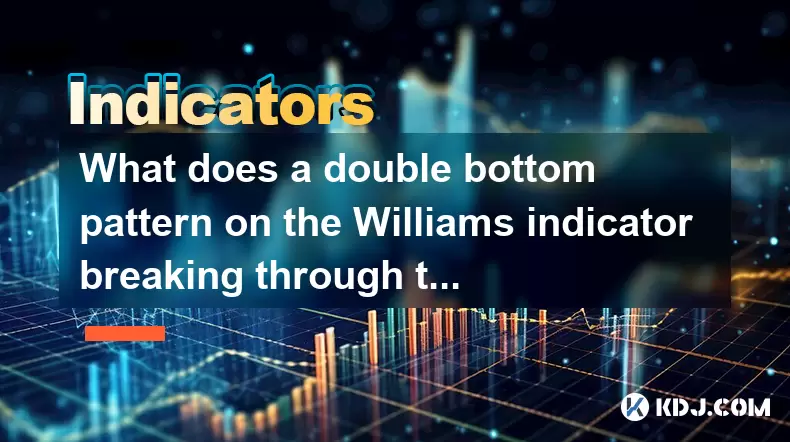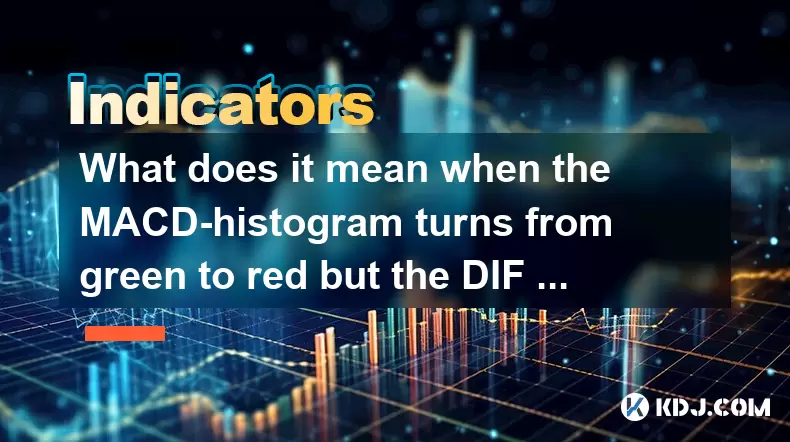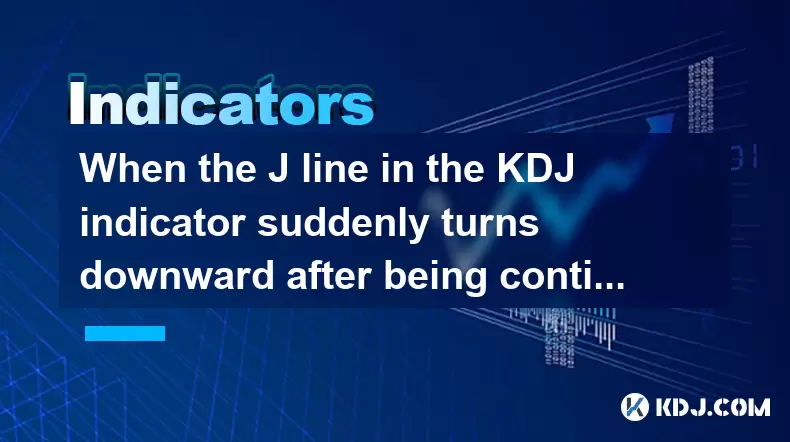-
 Bitcoin
Bitcoin $116400
-0.36% -
 Ethereum
Ethereum $4033
3.40% -
 XRP
XRP $3.302
-1.26% -
 Tether USDt
Tether USDt $1.000
-0.02% -
 BNB
BNB $796.1
1.67% -
 Solana
Solana $177.8
1.89% -
 USDC
USDC $0.9999
0.00% -
 Dogecoin
Dogecoin $0.2314
4.09% -
 TRON
TRON $0.3381
0.14% -
 Cardano
Cardano $0.7989
1.22% -
 Stellar
Stellar $0.4496
-1.84% -
 Chainlink
Chainlink $20.42
9.42% -
 Hyperliquid
Hyperliquid $41.17
0.88% -
 Sui
Sui $3.914
3.77% -
 Bitcoin Cash
Bitcoin Cash $584.7
1.52% -
 Hedera
Hedera $0.2632
-0.54% -
 Avalanche
Avalanche $24.09
3.40% -
 Ethena USDe
Ethena USDe $1.001
-0.02% -
 Litecoin
Litecoin $123.2
1.33% -
 Toncoin
Toncoin $3.318
-0.04% -
 UNUS SED LEO
UNUS SED LEO $8.984
-0.05% -
 Shiba Inu
Shiba Inu $0.00001323
2.85% -
 Uniswap
Uniswap $10.90
4.41% -
 Polkadot
Polkadot $3.999
3.34% -
 Dai
Dai $1.000
0.01% -
 Cronos
Cronos $0.1630
9.64% -
 Bitget Token
Bitget Token $4.484
0.82% -
 Monero
Monero $272.4
2.44% -
 Pepe
Pepe $0.00001173
6.03% -
 Aave
Aave $290.8
2.88%
Is the double bottom pattern of William indicator effective? Is the rebound coming?
The double bottom pattern, confirmed by the William indicator, can signal a rebound in cryptocurrencies like Bitcoin and Ethereum, but traders should consider market conditions and use additional indicators.
Jun 02, 2025 at 04:14 am

The double bottom pattern, as identified by the William indicator, is a popular technical analysis tool used by traders in the cryptocurrency market. The effectiveness of this pattern, along with the potential for a rebound, is a topic of much interest and debate. This article will delve into the intricacies of the double bottom pattern, how to identify it using the William indicator, and analyze its effectiveness in predicting rebounds in the cryptocurrency market.
Understanding the Double Bottom Pattern
The double bottom pattern is a bullish reversal pattern that occurs after a downtrend. It is characterized by two distinct troughs at approximately the same price level, with a peak in between. This pattern suggests that the price has hit a support level twice and failed to break below it, indicating that the downward momentum may be weakening and a reversal could be imminent.
In the context of the cryptocurrency market, identifying a double bottom can be crucial for traders looking to enter long positions. The pattern signals that the asset may have reached its lowest point and is ready to start an upward trend.
The Role of the William Indicator
The William indicator, also known as the Williams %R, is a momentum indicator that measures the level of the close relative to the high-low range over a given period, typically 14 days. It is used to identify overbought and oversold conditions in the market. The indicator oscillates between 0 and -100, with readings above -20 indicating overbought conditions and readings below -80 indicating oversold conditions.
When combined with the double bottom pattern, the William indicator can provide additional confirmation of a potential reversal. If the William indicator shows an oversold condition during the formation of the second bottom, it can strengthen the signal that a rebound is likely.
Identifying the Double Bottom Pattern with the William Indicator
To effectively identify a double bottom pattern using the William indicator, traders need to follow a systematic approach:
- Identify the downtrend: Look for a clear downtrend in the price chart. This can be confirmed by lower highs and lower lows over a period.
- Spot the first bottom: The first bottom should be a significant low point in the downtrend. Check the William indicator to see if it reaches or goes below -80, indicating an oversold condition.
- Observe the peak: After the first bottom, there should be a peak, which is a temporary rise in price. The peak should not break the previous high from the downtrend.
- Confirm the second bottom: The second bottom should form at approximately the same level as the first bottom. Again, check the William indicator to see if it reaches or goes below -80, confirming another oversold condition.
- Watch for the breakout: The pattern is confirmed when the price breaks above the peak between the two bottoms. This breakout should be accompanied by increased volume, indicating strong buying pressure.
Analyzing the Effectiveness of the Double Bottom Pattern
The effectiveness of the double bottom pattern, especially when combined with the William indicator, can vary depending on market conditions and the specific cryptocurrency being analyzed. However, several studies and trader experiences suggest that this pattern can be a reliable indicator of a potential rebound.
- Historical data: Historical price data of major cryptocurrencies like Bitcoin and Ethereum often show successful rebounds following the formation of a double bottom pattern. Traders can backtest their strategies using historical data to assess the pattern's reliability.
- Market sentiment: The effectiveness of the pattern can be influenced by overall market sentiment. In a bullish market, the chances of a successful rebound are higher compared to a bearish market where downward pressure might be stronger.
- Volume confirmation: A key factor in the effectiveness of the double bottom pattern is the volume during the breakout. A significant increase in volume during the breakout above the peak can confirm the strength of the reversal.
Case Studies of Double Bottom Patterns in Cryptocurrencies
To illustrate the effectiveness of the double bottom pattern in the cryptocurrency market, let's look at a few case studies:
- Bitcoin (BTC): In early 2020, Bitcoin formed a double bottom pattern around the $3,800 level. The William indicator reached -80 during both bottoms, indicating oversold conditions. Following the second bottom, Bitcoin broke above the peak and started a significant upward trend, eventually reaching over $60,000 by the end of 2021.
- Ethereum (ETH): In mid-2019, Ethereum formed a double bottom around the $100 level. The William indicator confirmed oversold conditions at both bottoms. The subsequent breakout led to a strong upward move, with Ethereum reaching over $4,000 by the end of 2021.
These case studies demonstrate that the double bottom pattern, when confirmed by the William indicator, can be a powerful tool for predicting rebounds in the cryptocurrency market.
Limitations and Considerations
While the double bottom pattern and the William indicator can be effective tools, there are several limitations and considerations that traders should keep in mind:
- False signals: Not every double bottom pattern will result in a successful rebound. False signals can occur, especially in highly volatile markets like cryptocurrencies. Traders should use additional technical indicators and fundamental analysis to confirm the pattern.
- Timeframe: The effectiveness of the pattern can vary depending on the timeframe used. Shorter timeframes may produce more false signals, while longer timeframes can provide more reliable signals but may require more patience.
- Market conditions: The overall market conditions can significantly impact the success of the double bottom pattern. In a strong bearish market, even a well-formed double bottom may fail to result in a sustained rebound.
Practical Tips for Trading the Double Bottom Pattern
To maximize the effectiveness of the double bottom pattern and the William indicator, traders can follow these practical tips:
- Use multiple indicators: Combine the double bottom pattern and the William indicator with other technical indicators such as the Relative Strength Index (RSI) or Moving Averages to increase the reliability of the signal.
- Set stop-losses: Always use stop-loss orders to manage risk. Place the stop-loss just below the second bottom to minimize potential losses if the pattern fails.
- Monitor volume: Pay close attention to trading volume during the breakout. A significant increase in volume can confirm the strength of the reversal.
- Stay informed: Keep up with news and events that could affect the cryptocurrency market. Unexpected news can quickly change market sentiment and impact the success of the double bottom pattern.
Frequently Asked Questions
Q: Can the double bottom pattern be used on all cryptocurrencies?
A: Yes, the double bottom pattern can be applied to any cryptocurrency. However, its effectiveness may vary depending on the liquidity and volatility of the specific cryptocurrency. More liquid and less volatile cryptocurrencies tend to produce more reliable patterns.
Q: How long does it typically take for a rebound to occur after a double bottom pattern?
A: The timeframe for a rebound can vary significantly. In some cases, the rebound may occur within days or weeks, while in others, it might take months. The timeframe depends on market conditions and the specific cryptocurrency being traded.
Q: Is the William indicator the only momentum indicator that can be used with the double bottom pattern?
A: No, while the William indicator is effective, other momentum indicators like the RSI or the Stochastic Oscillator can also be used to confirm the double bottom pattern. Traders often use a combination of indicators to increase the reliability of their signals.
Q: Can the double bottom pattern be used in conjunction with fundamental analysis?
A: Yes, combining the double bottom pattern with fundamental analysis can provide a more comprehensive trading strategy. Fundamental factors such as project developments, partnerships, and regulatory news can influence the success of the pattern and should be considered alongside technical analysis.
Disclaimer:info@kdj.com
The information provided is not trading advice. kdj.com does not assume any responsibility for any investments made based on the information provided in this article. Cryptocurrencies are highly volatile and it is highly recommended that you invest with caution after thorough research!
If you believe that the content used on this website infringes your copyright, please contact us immediately (info@kdj.com) and we will delete it promptly.
- Moat Stocks & Mega-Cap Momentum: July's Standout Performance
- 2025-08-09 12:30:12
- Injective (INJ) Eyes $15.39 Breakout Amidst Explosive Network Growth
- 2025-08-09 12:30:12
- Ripple vs. SEC: XRP Price Soars as Legal Battles End, But Can It Outpace Rising Competitors?
- 2025-08-09 13:10:12
- DWP Management, XRP, and Digital Asset Funds: A New Era for Institutional Investment?
- 2025-08-09 13:30:12
- Pi Network's KYB Verification: A Leap Towards Sustainable Token Launch
- 2025-08-09 13:30:12
- Bitcoin, Dollar Alternative, and Institutional Adoption: A New Era?
- 2025-08-09 13:35:12
Related knowledge

What does it mean when the Triple Moving Average (TRIX) turns downward but the price doesn't fall?
Aug 09,2025 at 12:42pm
Understanding the Triple Moving Average (TRIX) IndicatorThe Triple Moving Average, commonly known as TRIX, is a momentum oscillator designed to filter...

What does it mean when the Williams' oscillator repeatedly hits bottoms but fails to rebound?
Aug 09,2025 at 09:28am
Understanding the Williams %R OscillatorThe Williams %R oscillator, developed by Larry Williams, is a momentum indicator used in technical analysis to...

What does a double bottom pattern on the Williams indicator breaking through the 50-day midline indicate?
Aug 09,2025 at 10:56am
Understanding the Williams %R IndicatorThe Williams %R indicator, developed by Larry Williams, is a momentum oscillator that measures overbought and o...

What does it mean when the MACD-histogram turns from green to red but the DIF line fails to form a golden cross?
Aug 09,2025 at 10:15am
Understanding the MACD and Its ComponentsThe MACD (Moving Average Convergence Divergence) is a widely used technical analysis tool in the cryptocurren...

When the J line in the KDJ indicator suddenly turns downward after being continuously overbought, does it indicate a top?
Aug 09,2025 at 06:35am
Understanding the KDJ Indicator and Its ComponentsThe KDJ indicator is a momentum oscillator widely used in cryptocurrency technical analysis to ident...

What does it mean when the TRIX indicator suddenly diverges downward after a long period of convergence?
Aug 09,2025 at 12:56am
Understanding the TRIX Indicator in Cryptocurrency TradingThe TRIX indicator, or Triple Exponential Average, is a momentum oscillator used in technica...

What does it mean when the Triple Moving Average (TRIX) turns downward but the price doesn't fall?
Aug 09,2025 at 12:42pm
Understanding the Triple Moving Average (TRIX) IndicatorThe Triple Moving Average, commonly known as TRIX, is a momentum oscillator designed to filter...

What does it mean when the Williams' oscillator repeatedly hits bottoms but fails to rebound?
Aug 09,2025 at 09:28am
Understanding the Williams %R OscillatorThe Williams %R oscillator, developed by Larry Williams, is a momentum indicator used in technical analysis to...

What does a double bottom pattern on the Williams indicator breaking through the 50-day midline indicate?
Aug 09,2025 at 10:56am
Understanding the Williams %R IndicatorThe Williams %R indicator, developed by Larry Williams, is a momentum oscillator that measures overbought and o...

What does it mean when the MACD-histogram turns from green to red but the DIF line fails to form a golden cross?
Aug 09,2025 at 10:15am
Understanding the MACD and Its ComponentsThe MACD (Moving Average Convergence Divergence) is a widely used technical analysis tool in the cryptocurren...

When the J line in the KDJ indicator suddenly turns downward after being continuously overbought, does it indicate a top?
Aug 09,2025 at 06:35am
Understanding the KDJ Indicator and Its ComponentsThe KDJ indicator is a momentum oscillator widely used in cryptocurrency technical analysis to ident...

What does it mean when the TRIX indicator suddenly diverges downward after a long period of convergence?
Aug 09,2025 at 12:56am
Understanding the TRIX Indicator in Cryptocurrency TradingThe TRIX indicator, or Triple Exponential Average, is a momentum oscillator used in technica...
See all articles

























































































